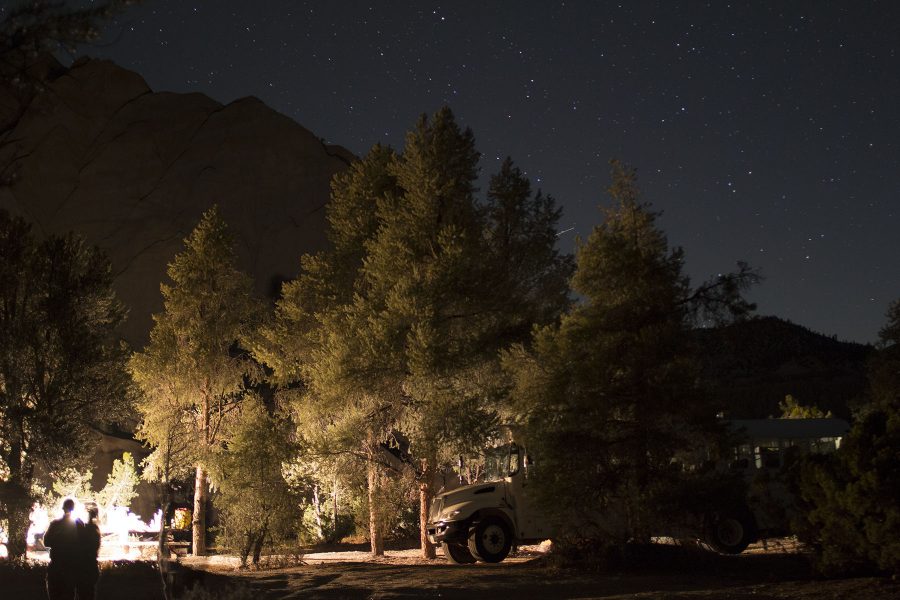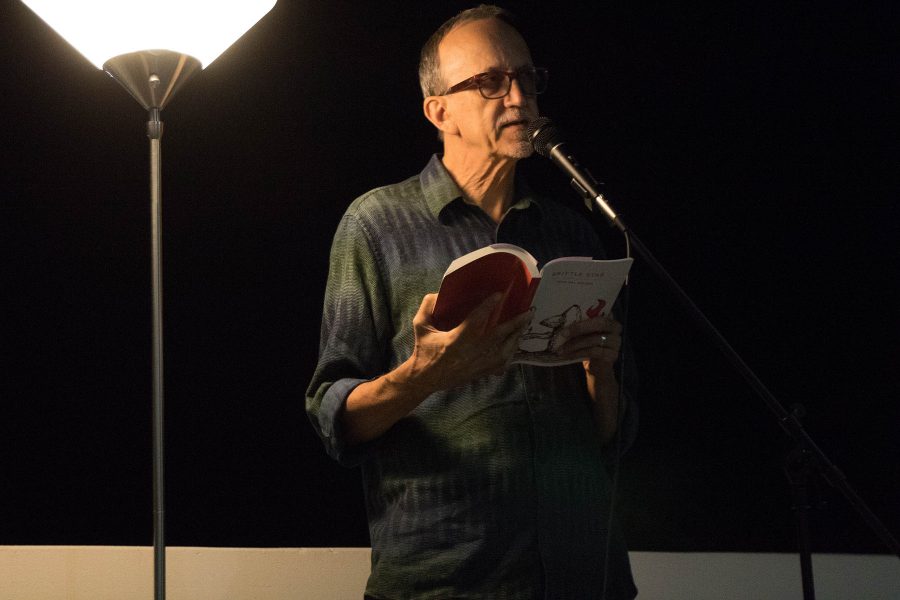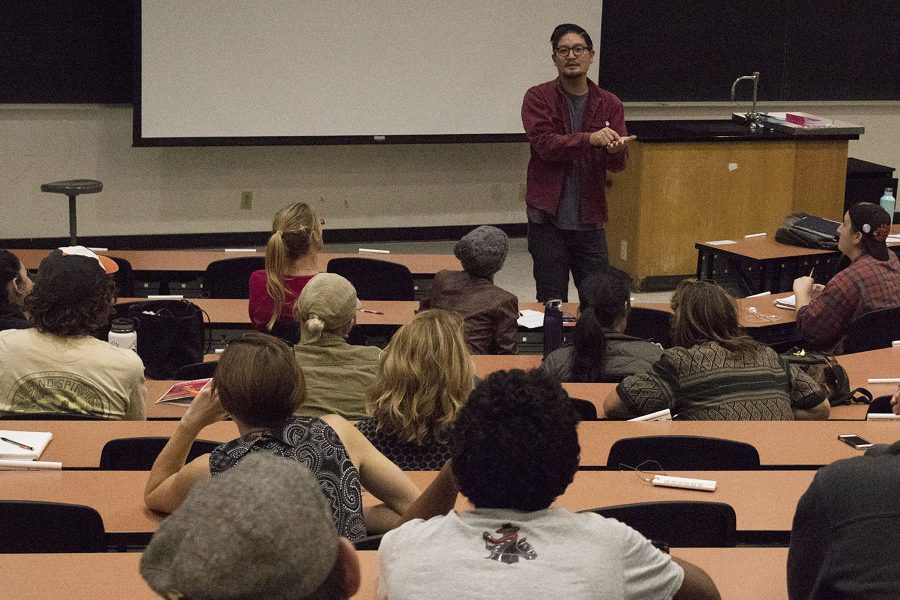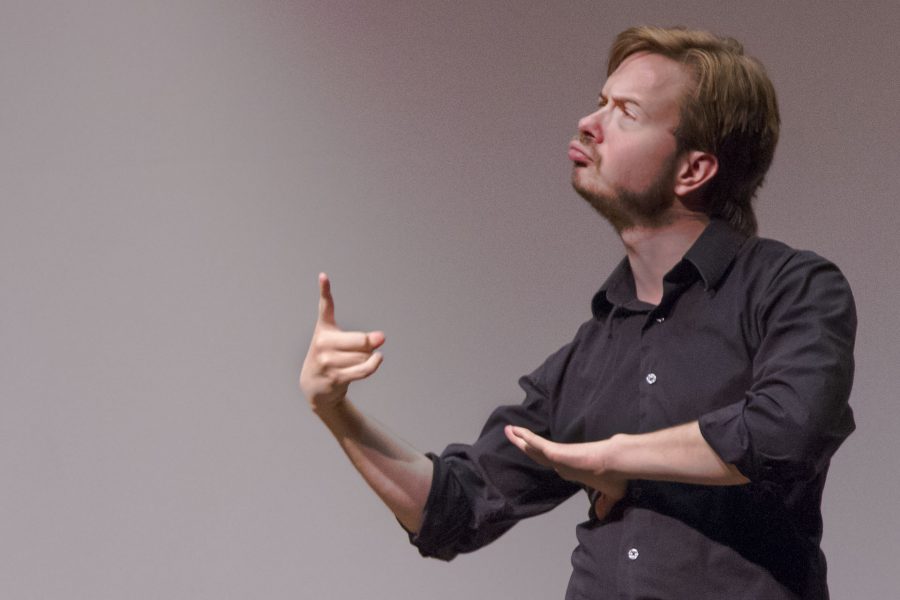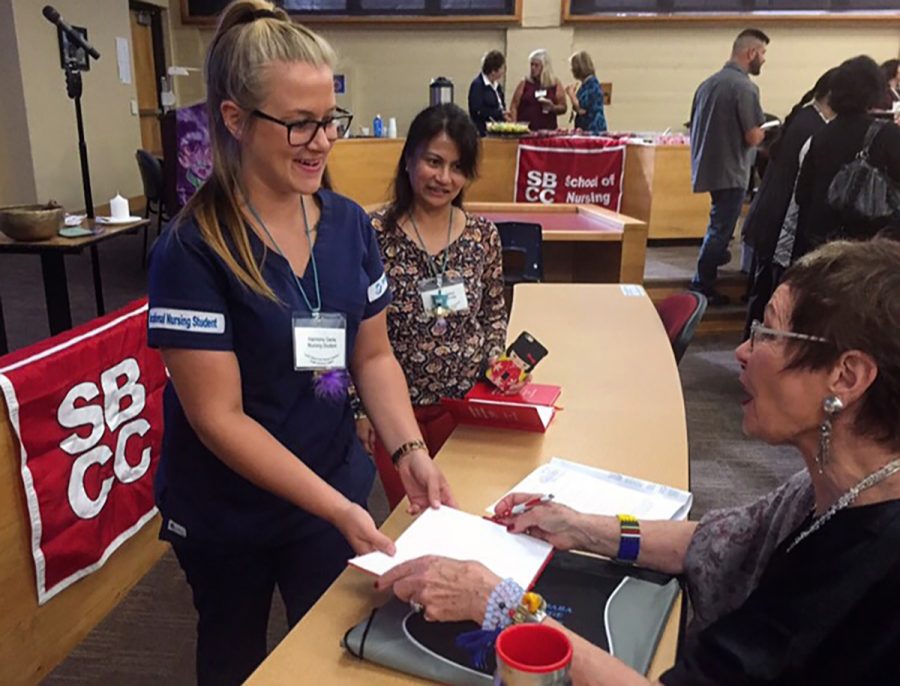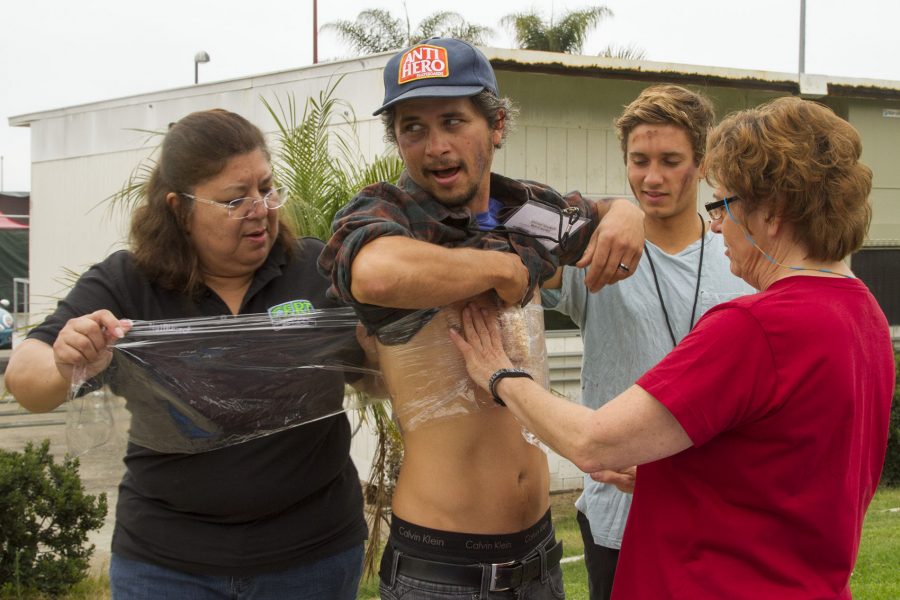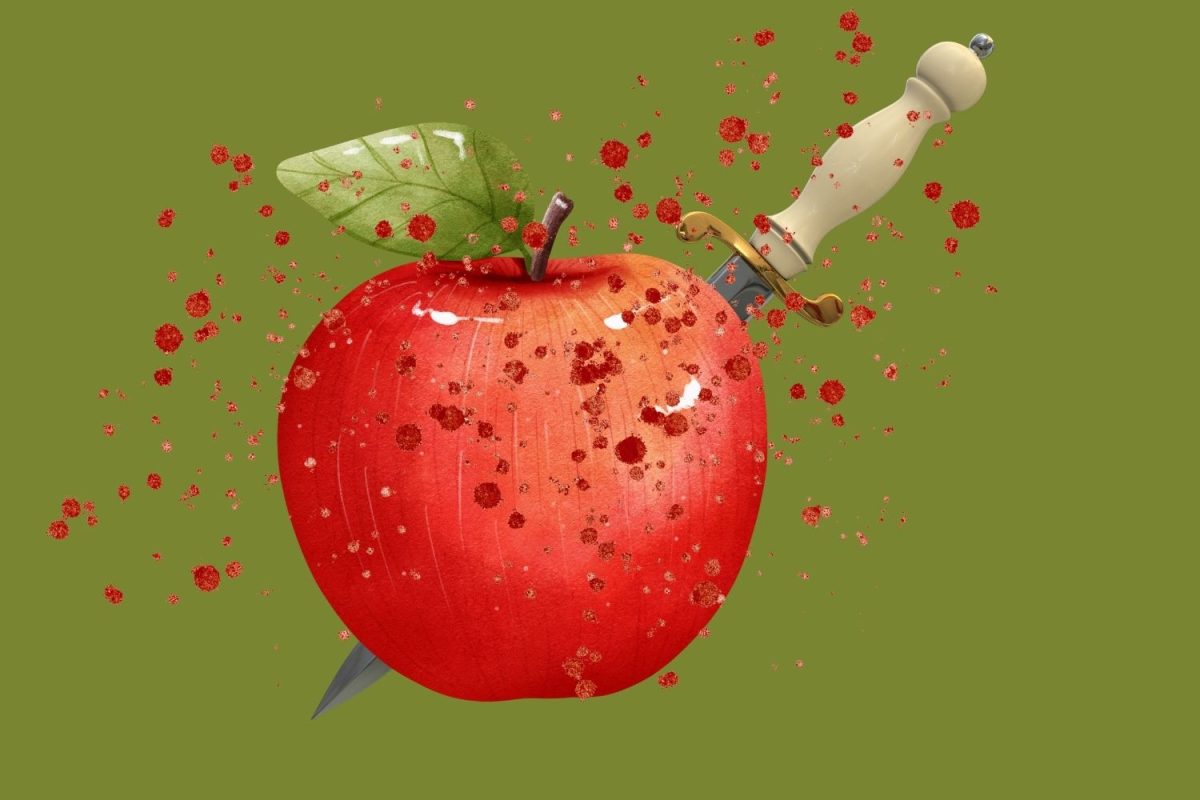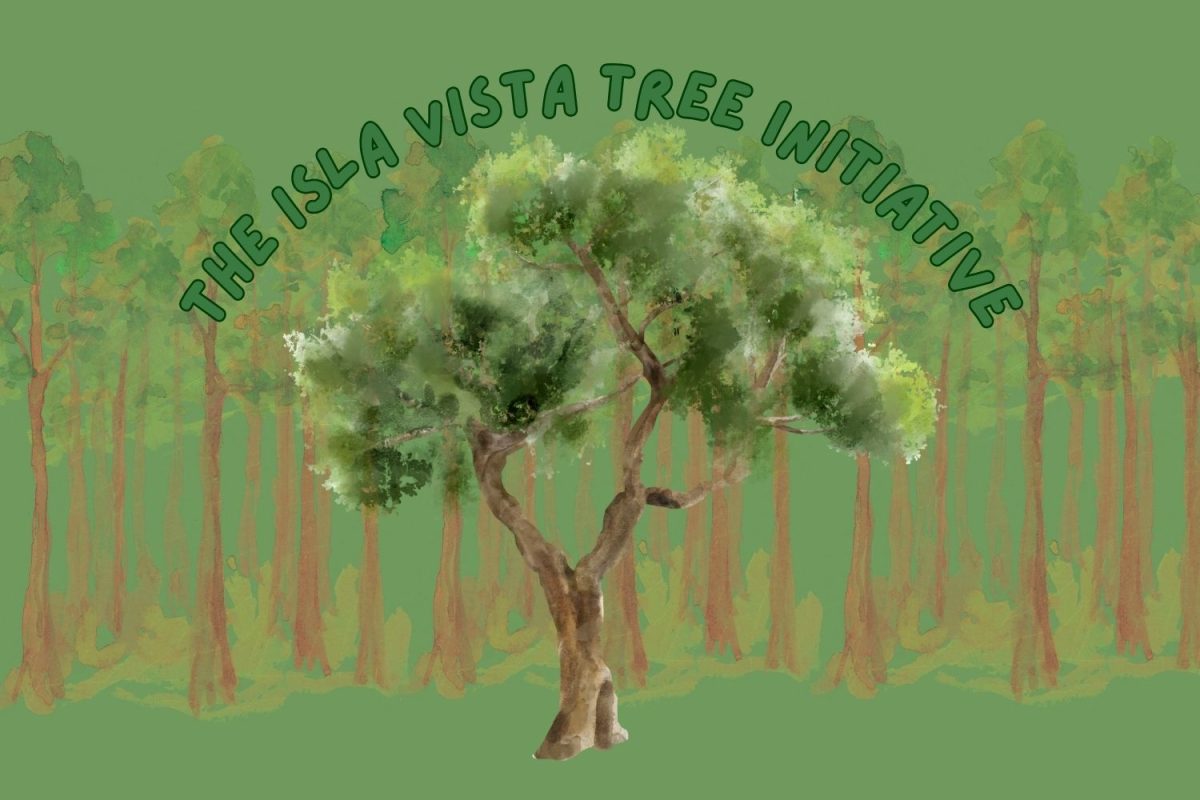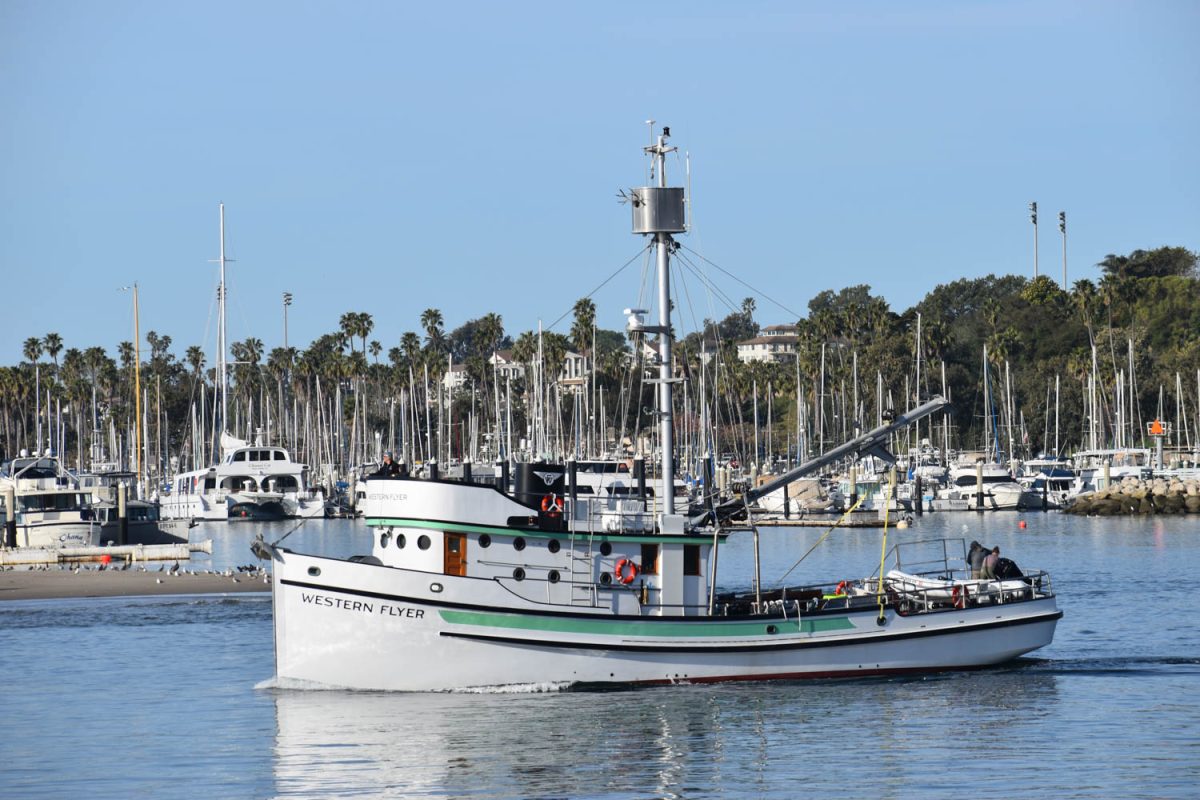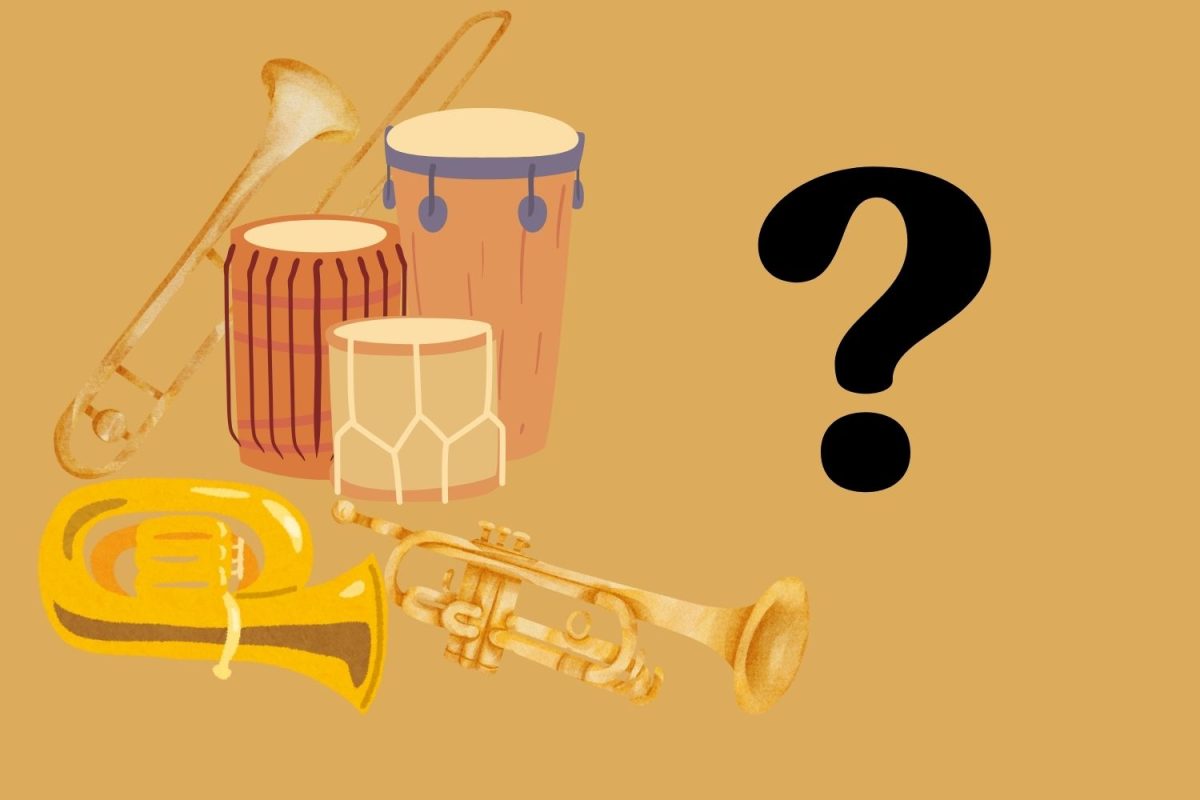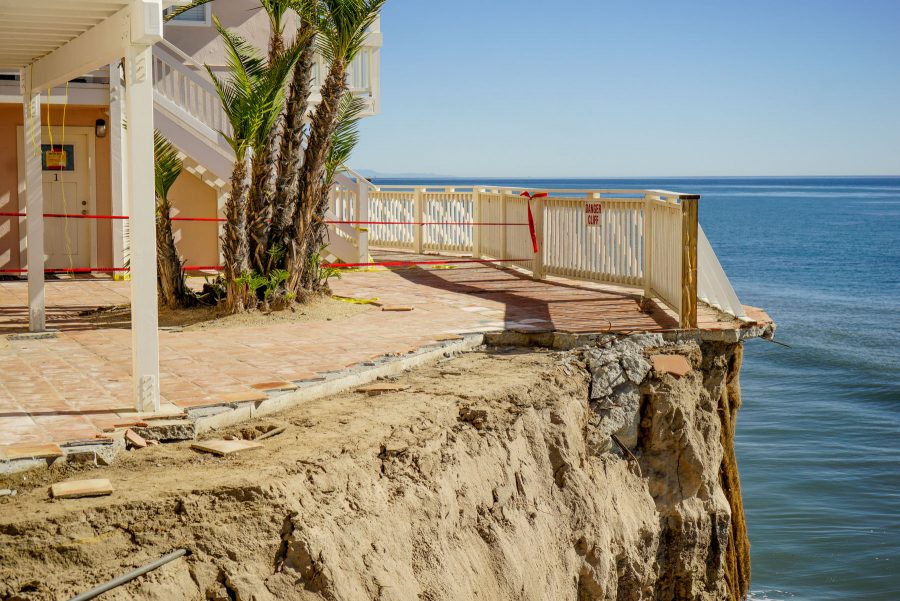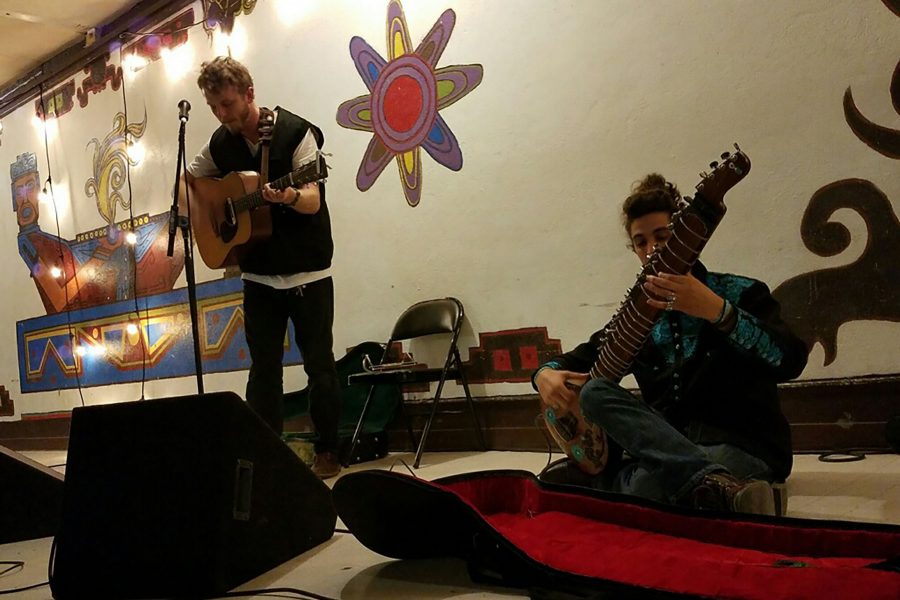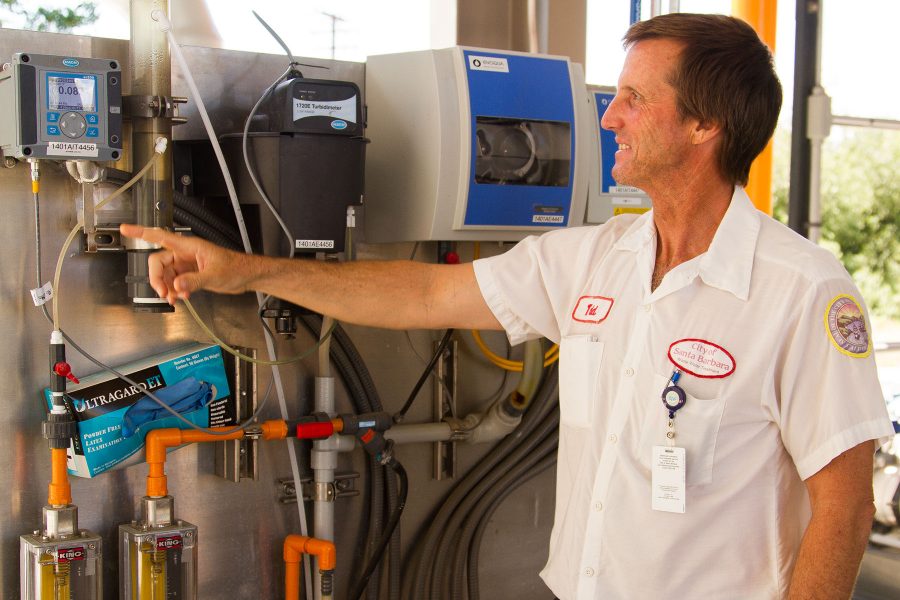“The rocks up here are to die for.”
In the slick river wash, City College Lab Technician Eiko Kitao scans the ground with other students to find rocks to add to their personal collections. “I’m trying my hardest not be a rock hound,” she said.
For the first time City College hosted a one-night camping trip for about a dozen students at the Cuyama Badlands to collect rock samples and enjoy the landscape without the stress of mapping or a scientific essay.
The badlands are a mapping site for the award-winning class Earth 138, “Geology Field Camp,” and offer an insight into what it’s like to learn and explore with geologists for this coming summer.
Folks on the trip were extremely welcoming when I decided to join, even though I don’t know a lick about geology. The experienced students explained the landscape and guided me over ridges and hills.
But don’t worry if you’re wary of adventure or have never camped before. History Major Marcus Loiseau was only on his second camping trip ever, and joined when he heard of the trip though his geology course.
“My parents don’t understand camping,” he said as we reached a vista overlooking a forest and some mountains. “They’re really surprised that I would even do something like this.”
Luckily Loiseau was able to borrow some camping gear. But even if you can’t, the geology department will try to help.
“If you don’t have something, we’ll find the means,” said Kitao. The department doesn’t have a huge stash of camping gear for students, but through their networking you might be able to get by.
A pair of hiking boots is good for long hikes, as is a fuzzy fleece for the crispy mornings and nights. There’s a natural dress code that includes some color of khaki clothing and a funny hat too, if you want look authentic.
Food is covered with sandwich supplies at the ready, breakfast bananas and yogurt, and a pot of coffee in the morning. Having comfortable gear and a full stomach makes it easier to listen to snippets of lessons that Kitao and Geology Professor Jeff Meyer give as we hike.
When Meyer began explaining the badland as a type of dry terrain carved by water and wind, I began to read those thousand shades of brown that stripe mountainsides instead of just seeing them.
That’s earth’s history is right there.
As Jeff pointed and I stared at those stripes that nearly circled us, known as beds made up of layered rock, sand, or clay, he explained how mapping the Cuyama Badlands adds to the terrain-mosaic of earth.
“You’re like an ant on an elephant trying to get the bigger map,” he said.
Students learn a lot at the badlands, since everything isn’t geologically clear-cut. It’s a good challenge for mapping that when finally done. “You can be like an independent geologist doing geology,” said Meyer.
Students interested in taking a summer field course can sign up for prerequisite courses this coming spring semester. Meyer recommends the Earth 111, “Dynamic Earth and Physical Geology,” with the lab since it covers the basic fundamentals students need.
With prerequisites completed, students can then sign up for Earth 137, “Introductory Field Geology,” which takes students camping near Bishop at the White-Inyo Mountains during the second half of summer session one. Earth 138, which takes students to the badlands, takes place during the second summer session.
If you like rocks, secretly want to be Indiana Jones over the summer, or just want fulfill those pesky general education requirements with a little adventure on the side, the mountains will be there waiting for you just as they have for the past few million years.
Who knows, you might be converted into a rock hound.


